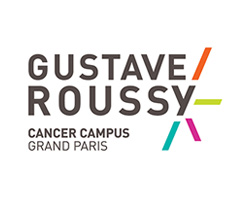How to Design a Remote Patient Monitoring System? A French Case Study
Résumé
Background: Remote Patient Monitoring Systems (RPMS) based on e-health, Nurse Navigators (NNs) and patient engagement can improve patient follow-up and have a positive impact on quality of care (by limiting adverse events) and costs (by reducing readmissions). However, the extent of this impact depends on effective implementation which is often restricted. This is partly due to the lack of attention paid to the RPMS design phase
prior to implementation. The content of the RPMS can be carefully designed at this stage and various obstacles anticipated. Our aim was to report on an RPMS design case to provide insights into the methodology required in order to manage this phase.
Methods: This study was carried out at Gustave Roussy, a comprehensive cancer centre, in France. A multidisciplinary team coordinated the CAPRI RPMS design process (2013–2015) that later produced positive outcomes. Data were collected during eight studies conducted according to the Medical Research Council (MRC) framework. This project was approved by the French National Data Protection Authorities.
Results: Based on the study results, the multidisciplinary team defined strategies for resolving obstacles prior to the implementation of CAPRI. Consequently, the final CAPRI design includes a web app with two interfaces (patient and health care professionals) and two NNs. The NNs provide regular follow-up via telephone or email to manage patients’ symptoms and toxicity, treatment compliance and care packages. Patients contact the NNs via a secure messaging system. Eighty clinical decision support tools enable NNs to prioritise and decide on the course ofaction to be taken.
Conclusion: In our experience, the RPMS design process and, more generally, that of any complex intervention programme, is an important phase that requires a sound methodological basis. This study is also consistent with the notion that an RPMS is more than a technological innovation. This is indeed an organizational innovation, and principles identified during the design phase can help in the effective use of a RPMS (e.g. locating NNs if possible within the care organization; recruiting NNs with clinical and managerial skills; defining algorithms for clinical decision support tools for assessment, but also for patient decision and orientation).
Origine : Fichiers éditeurs autorisés sur une archive ouverte

